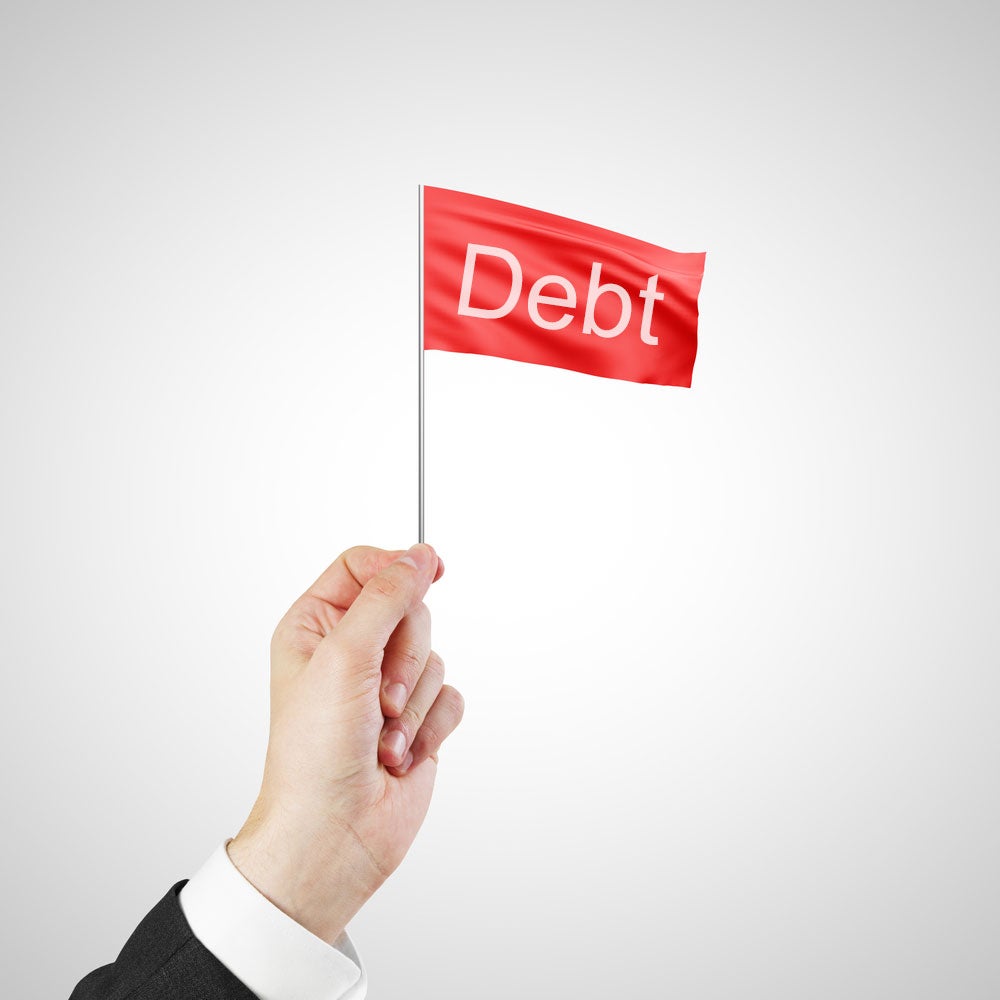
Despite some valuable lessons learned from the Great Recession, U.S. consumers still struggle with ample personal debt.
According to the Urban Institute, the average American household owes $53,000 in debt (including mortgage debt.) Of that amount, the national share of actual debt in collections stands at 35% – and alarming figure by any measure.
That’s why it’s vital for consumers to understand debt, specifically how they accumulate it, and what they can do to minimize all that debt.
Actually, it’s always a great idea to recognize any warning signs that might foretell a personal economic plunge that may take years to recover from. For example, in the student loan repayment realm, three unopened invoices from your lender lying in a pile on your desk is a big red flag that you’re not keeping up with your loan payments.
Here are some additional, common financial “red flags” to look for in your busy life:
Your bank account is consistently overdrawn – If you keep getting those thin envelopes in the mail, or discouraging notices via email or text from your bank telling you that your checking account is overdrawn, it’s time to regroup and find out why you’re not keeping up. Tip: Ask your bank for overdraw protection against your checking account. Most banks will comply, but you have to make it a point to ask.
You are only able to make the minimum monthly payments on your credit cards — If you can’t maintain a clean credit card bill each month then you’re staring at big trouble down the road. At 15% or even 20% or so interest, card companies clean up when you only pay the bare minimum of your monthly bill. At those rates, that new jacket you bought for $80 three months ago can cost you $350 in a few months if you don’t pay your credit card bill in full. Tip: If you have multiple credit cards, cut all of them up save one. And only use that for emergencies.
You and your partner are arguing about money – Money is an emotional issue; a power struggle sometimes between couples that usually have different ideas how cash should be handled. If you and your spouse or partner are haggling over bills more than usual, it’s probably because your bills are higher than usual. Tip: Agree on a budget and a spending allowance, if necessary. Then stick to it.
Your savings account is empty – Financial advisors agree that a savings reserve of six-months worth of your annual salary is mandatory to ride out rough economic times, like the loss of a job or a serious illness. If you don’t have any money at all in your savings account, it’s time to re-examine your budget and see where your money is going every month. Tip: When you get paid pay yourself first – meaning take 10% of your check out and stashing it in a savings or money market account.
You’re juggling monthly bill payments – If you’re applying selective reasoning to your monthly bill payments (“Hmmm – we’ll pay the phone bill this month, but not the dog walker”) then you’re in over your head financially. Tip: Lose the dog walker and any other luxury item on your “to pay” list. In tough times stick to the staples: home, heat, groceries, and electricity. You might not think about it, but 20 years ago, nobody had a satellite or cable television bill or a smart phone bill. But you probably do now.
If the first step in getting out of financial trouble is knowing that you’re in financial trouble, then the next step is to take action to get out of that trouble.
First item on the menu is to budget your expenses. Create a spending plan that allows you to reduce your debts. Itemize your necessary expenses (such as housing and health care) and optional expenses (such as entertainment and vacation travel). Again, make sure you stick to the plan.
Then try and cut out any unnecessary spending such as dining out too much and haunting Circuit City, E-Bay or Home Depot, either on-site or online. Don’t be above downloading e-coupons or purchasing generic products at the supermarket. If you feel you can’t resist using your credit card switch to a bank debit card where money is immediately drawn from your checking account to pay for a purchase.
If you have revolving credit card debt try using money from your savings account (normally they’re low-paying interest accounts) and use the cash to pay off your high-interest rate credit card bill.
Above all else, formulate a financial plan for the short and long term that includes a monthly budget and a savings account deposit goal of six months of your annual salary. Build a plan that will allow you to meet your basic life needs and one that will allow you to sleep at night. If you do create and maintain such a plan, you’ll be sleeping like a baby before you know it – and not a red flag in sight.
Questions about credit repair?
Chat with an expert: 1-800-255-0263






